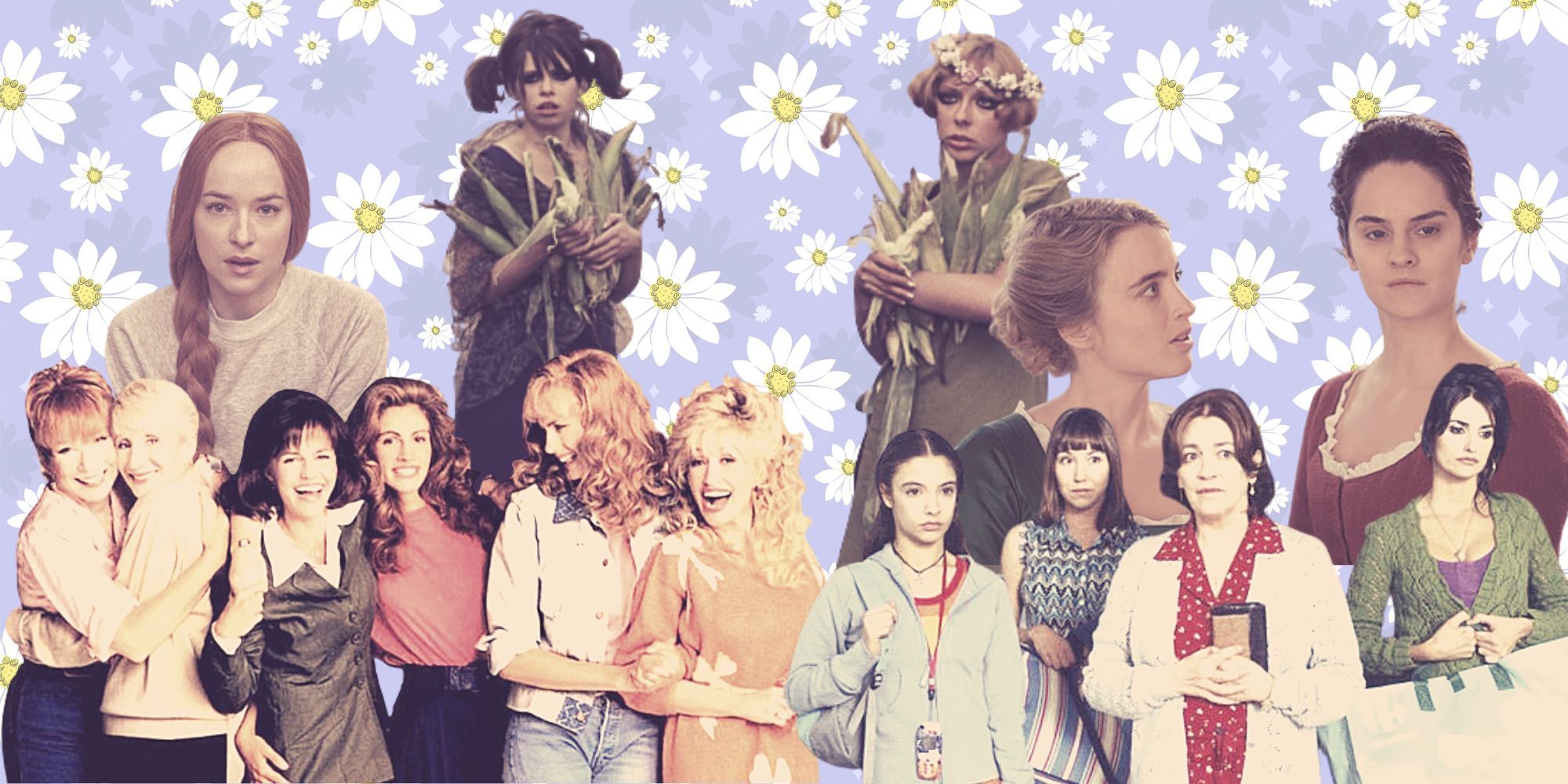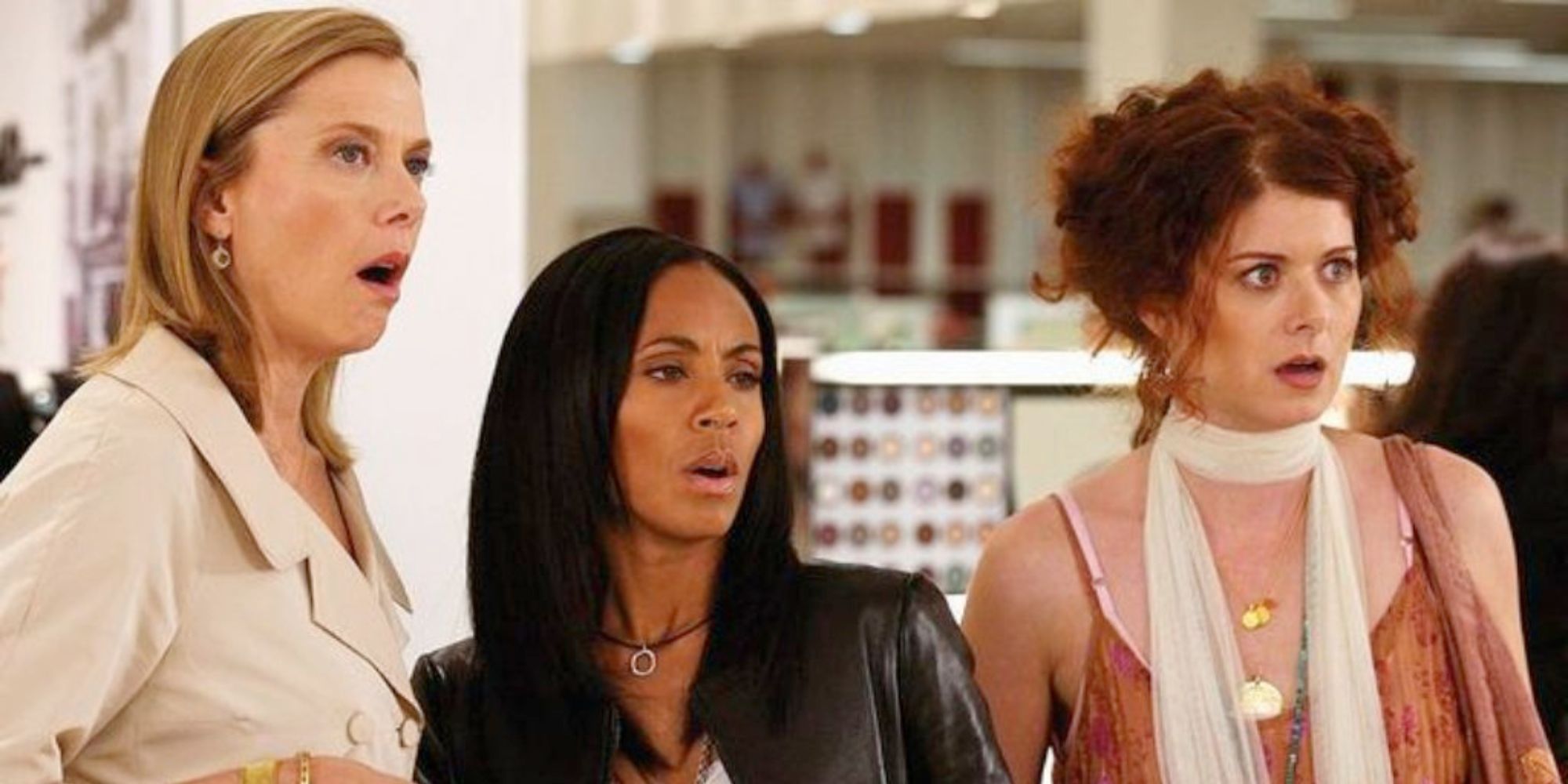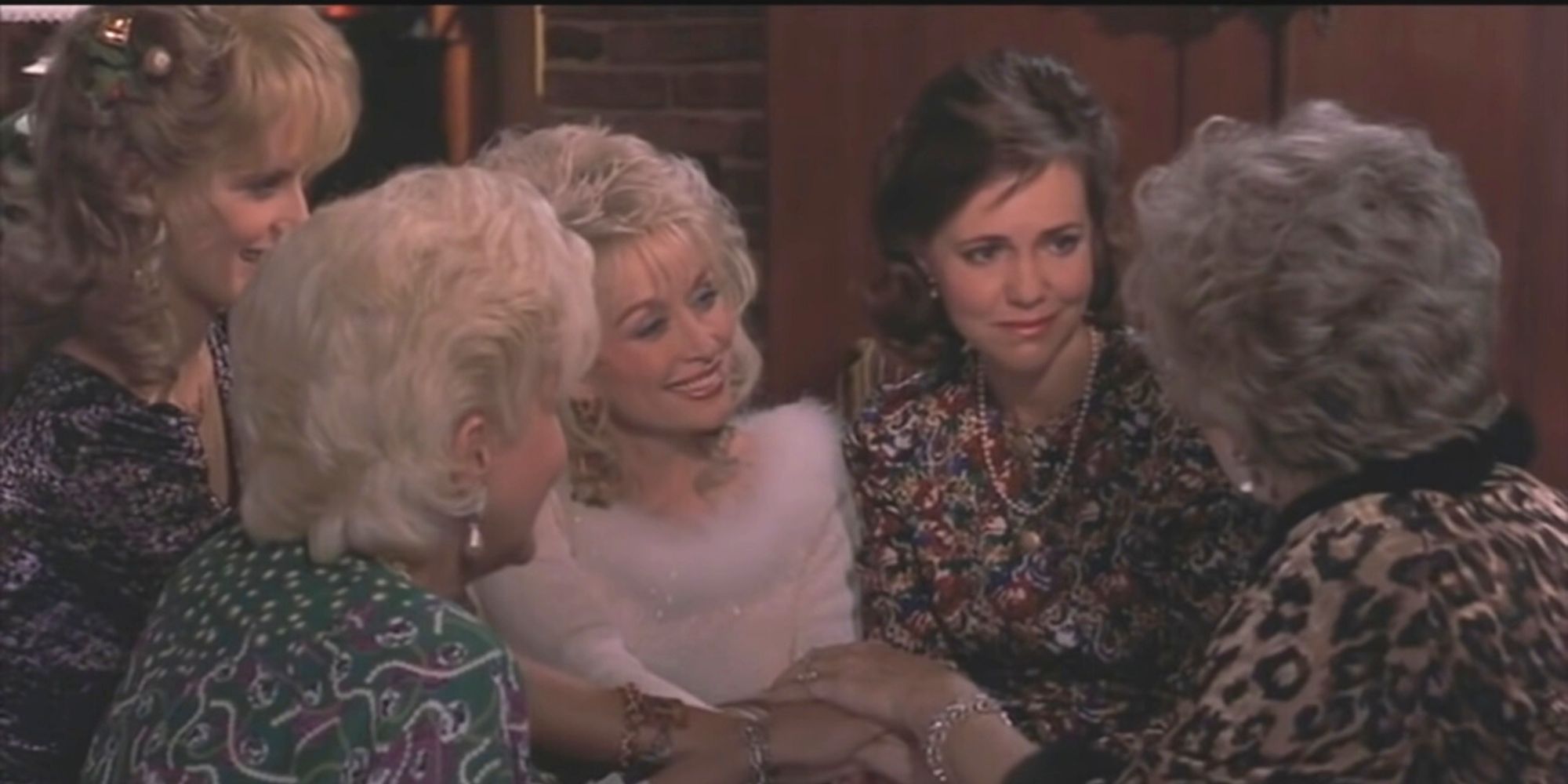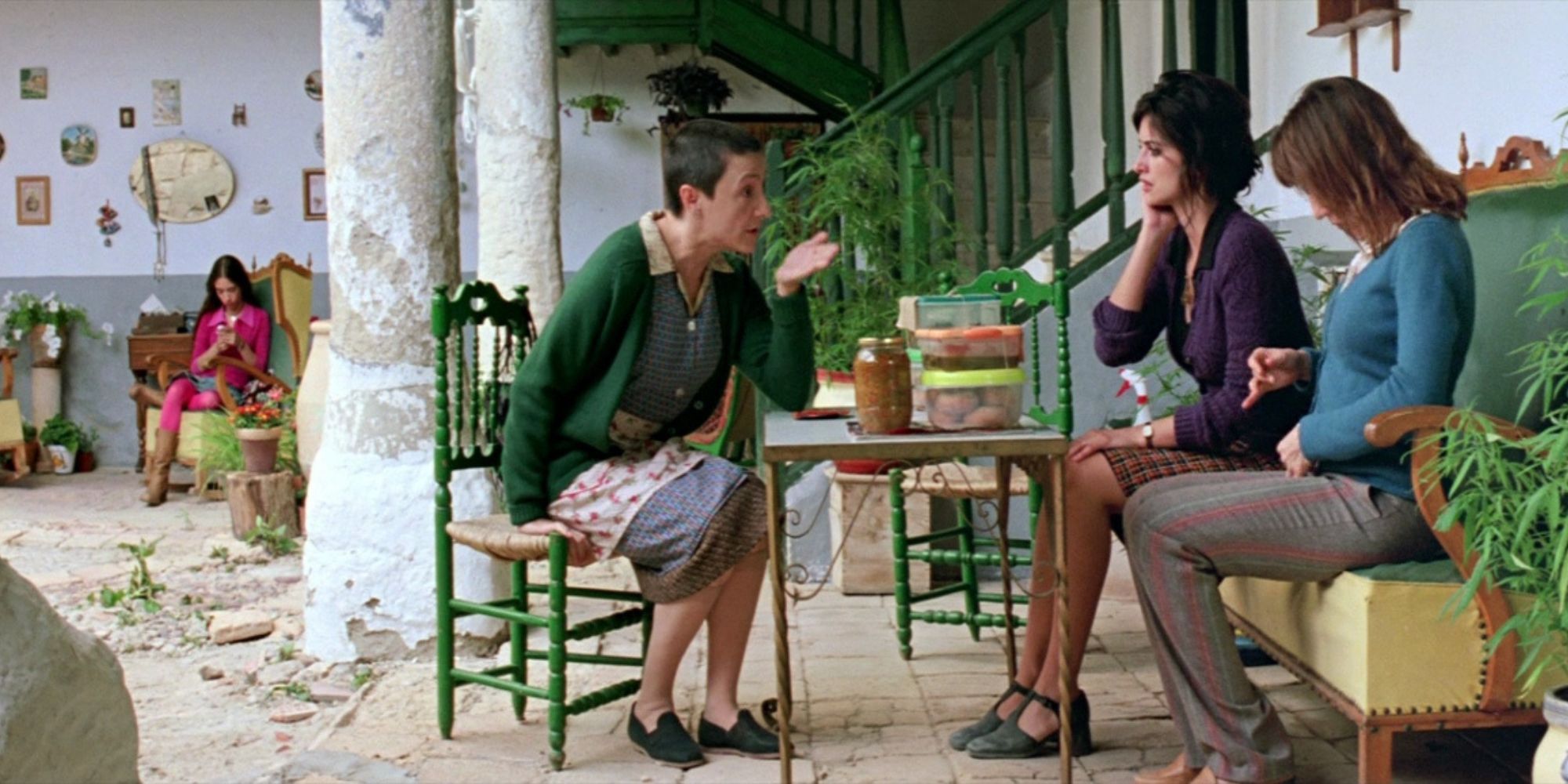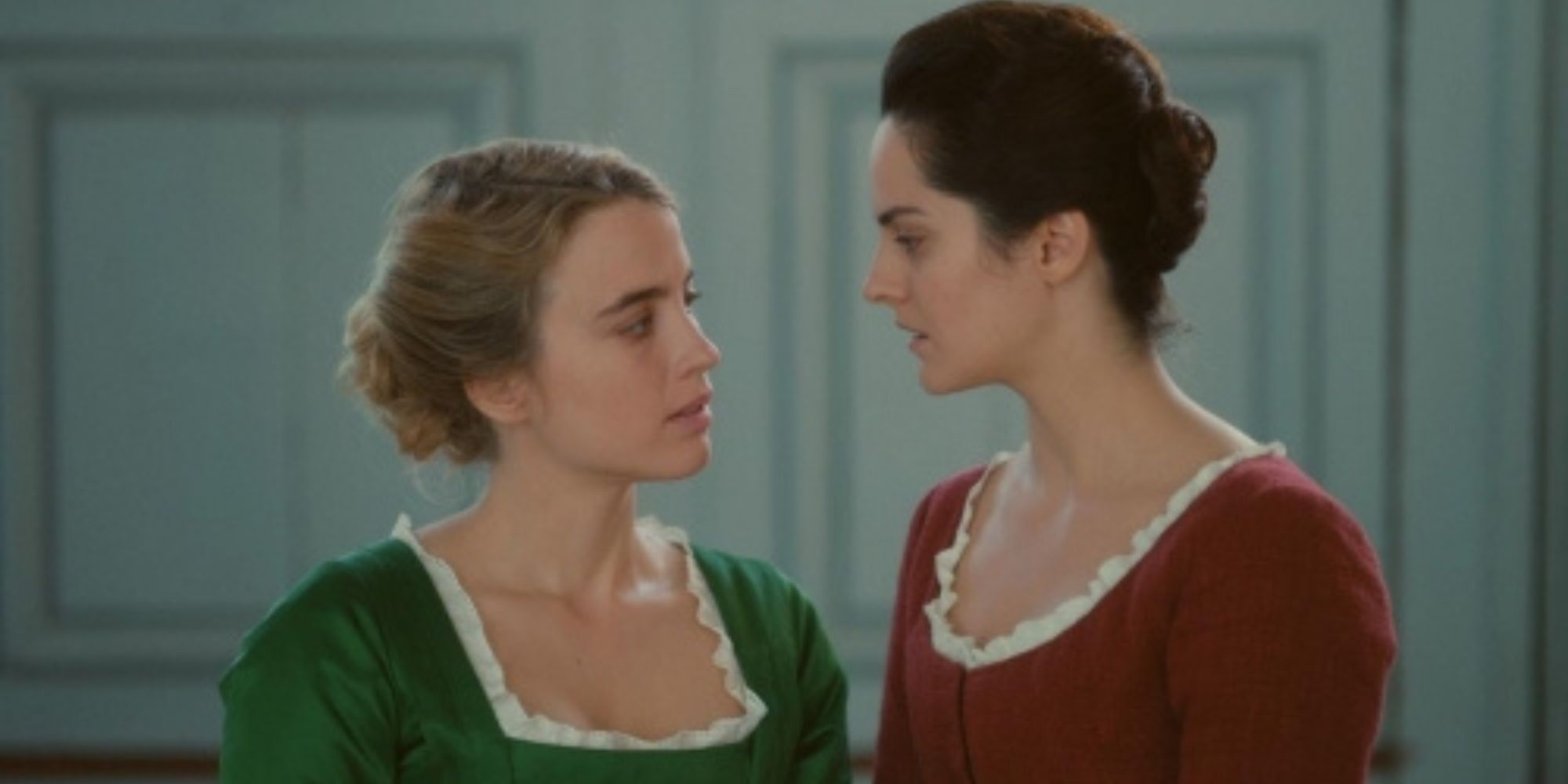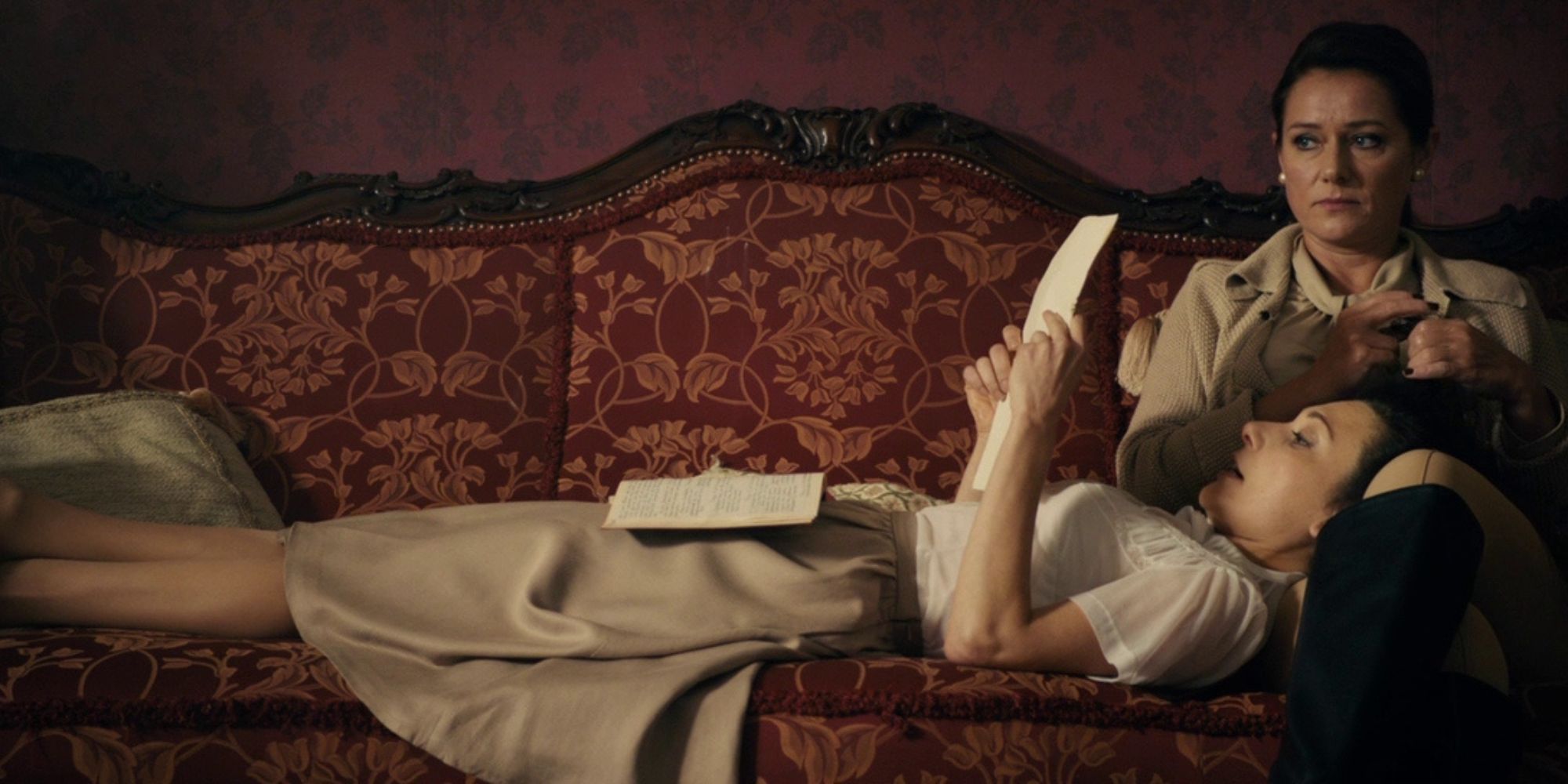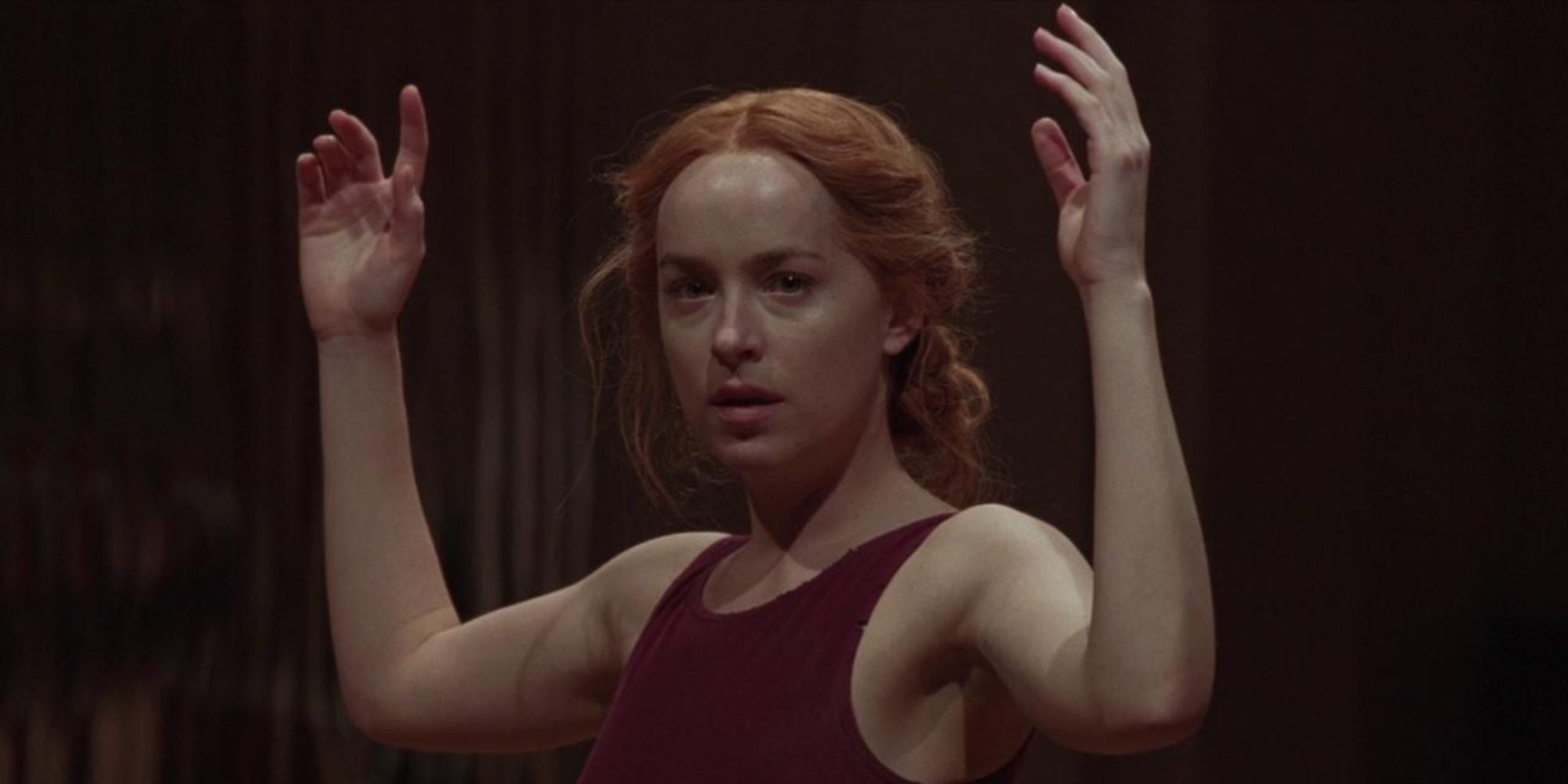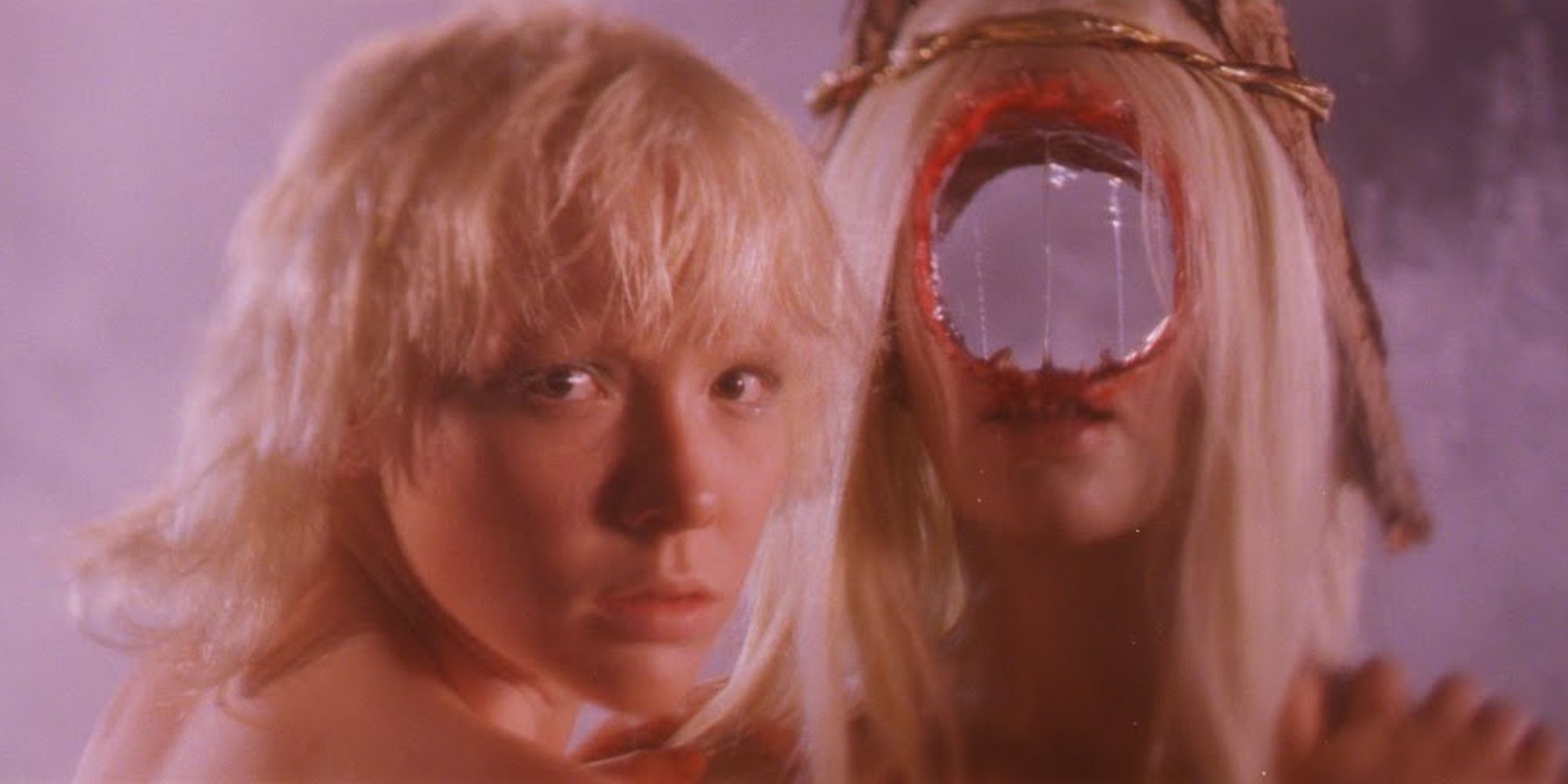While women represent half the global population, the same doesn’t apply to cinema. The recently published "It’s a Man’s (Celluloid) World" report revealed that in 2021, male characters outnumbered female characters by almost 2 to 1. With 85% of films featuring more male than female characters, there’s a lot of room for improvement in the representation of women on screen.
While it’s not unusual for films to feature no female characters (Reservoir Dogs, 1917, The Thing), the even rarer occurrence is films featuring no male characters - or movies with male characters on screen for an insignificant amount of time.
‘The Women’ (2008)
Adapting the 1939 classic film for modern audiences, Diane English’s 2008 film The Women actively created a film with no male characters aside from Edie’s (Debra Messing) baby boy, born in the film's final scene.
The Women follows a group of high society women who work together to support their happily-wedded friend Mary (Meg Ryan) after finding out her husband is having an affair. With its all female-cast, The Women is a celebration of female friendship and expressed need for self-realization.
‘Steel Magnolias’ (1989)
Centered around the women who frequent a home-based beauty salon in Louisiana, Herbert Ross’ Steel Magnolias is a heart-wrenching comedy-drama about the intertwined lives of the women in this small-town community.
With award-nominated performances by Julia Roberts and Sally Field, Steel Magnolias balances the drama with the comedy, heralded as “the funniest movie ever to make you cry.” Although the film introduces few male characters to support the all-female cast, the original 1987 play on which this film is based is an all-female production.
‘Volver’ (2006)
From the master of melodrama Pedro Almodóvar, Volver (meaning “to go back”) is a Spanish film revolving around an eccentric family of women.
Raimunda (Penelope Cruz) is very protective of her daughter Paula (Yohana Cobo). When rumor breaks out that Raimunda’s deceased mother Irene (Carmen Maura) has been seen throughout town - Raimunda believes it’s a ghost-sighting and that her mother has returned to tie up loose ends. However, what unfolds is not just a tale of tragedy and family drama but a tale of repairing broken relationships.
‘Portrait of a Lady on Fire’ (2019)
The male gaze is a feminist theory critiquing the masculine perspective engrained into many artworks created by men. However, when subverting the gaze, films like Celine Sciamma’s Portrait of a Lady on Fire challenge these popular patriarchal structures of seeing.
Marianne (Noémie Merlant) is commissioned to paint the wedding portrait of Héloïse (Adèle Haenel) after so many male artists failed. The film is about the act of looking and the emotion and desire behind the look. The intimacy of the female gaze is further extended to the very little presence of men in the film; Portrait of a Lady on Fire is about women as seen through the eyes of women.
‘The Duke of Burgundy’ (2014)
While framing women for male pleasure is at the center of the male gaze, it is very rare for female sensuality to be captured on screen without the intent of male audiences. Peter Strickland’s The Duke of Burgundy is a stylish and sensual addition to erotic cinema with genuine substance that avoids performing for the male gaze.
Following the unconventional relationship between Cynthia (Sidse Babett Knudsen) and Evelyn (Chiara D’Anna), The Duke of Burgundy features no male characters and countless butterflies in this tale exploring the intricacies of female sexuality and taboo.
‘Daisies’ (1966)
Two women named Marie (Jitka Cerhová and Ivana Karbanová) decide they deserve to be spoiled in a spoiled world. What the film lacks in plot, it makes up for in its aesthetic. The Maries dress girlishly, with motifs of flowers and butterflies throughout the film, Daisies has an unashamedly lavish feminine aesthetic.
Directed by Věra Chytilová, Daisies is a feminist work of Czechoslovakian cinema that made history as it was banned from theaters and export upon release. It’s a freewheeling, feminist farce depicting two girls embarking on destructive pranks in a critique of authoritarianism, communism, and patriarchy by weaponizing a unique aggressive femininity.
‘House’ (1977)
Hoping to find a sense of connection to her late mother, Gorgeous (Kimiko Ikegami) travels with her six friends to her aunt’s country home, where they soon come face to face with supernatural events and a house that isn’t what it seems.
House is a Japanese experimental fantasy horror film directed by Nobuhiko Obayashi. The film earned itself a cult following for its creative special effects and surrealist style. As the homestead is often symbolic of a space of domesticity and feminine power, this feminist horror film features women almost exclusively, with the few men present in the film depicted as disappointments and their failures played comedic effect.
‘Persona’ (1966)
Alma (Bibi Andersson) is a young nurse looking after Elisabeth (Liv Ullmann) - a woman who is seemingly healthy in all respects but refuses to talk. Over time, Alma speaks to Elisabeth and confesses her secrets, although Elisabeth never responds. After all this time together, Alma soon discovers her personality is submerged into Elisabeth’s persona.
Persona is a psychological drama film from one of the most influential filmmakers of all time, Ingmar Bergman. Bergman’s films often meditate on the struggles of the human psyche and soul, with Persona exploring this through the themes of duality and identity. This woman-centric film has been influential for other movies exploring the theme of morphing identities, as seen in similarly female-centric films like David Lynch’s Mulholland Drive and Darren Aronofsky’s Black Swan, or conversely, the male-centric equivalent David Fincher’s Fight Club.
‘Suspiria’ (2018)
Luca Guadagnino’s 2018 expansion of the cult horror film Suspiria explores the darkness that swirls at the center of a renowned dance academy. Dancing has been notorious for its demands on women’s bodies - physically, aesthetically, and mentally.
The newest student at the academy, Susie (Dakota Johnson) acts as a vessel not just for the art of dance but a vessel to prolong the matriarch of the academy Helena Markos (Tilda Swinton). While there is one male character in the film, Dr. Josef Klemperer, he is convincingly played once again by Swinton, this time under layers of prosthetics and make-up.
‘After Blue’ (2021)
Set in the distant future, on a planet where only women can survive, After Blue follows the teenager Roxy (Paula Luna) as she frees a criminal who was buried in the sand, only for her to spread fear and death across the world.
In the latest psychedelic science fiction film from French director Bertrand Mandico, After Blue creates a mystical world with bizarre flora and fauna, a dirty paradise only habitable by women. With a villain named Katarzyna Buszowksa - although commonly shortened in the film to “Kate Bush” (Agata Buzek) - After Blue is a psychedelic sci-fi feminine fantasy.

